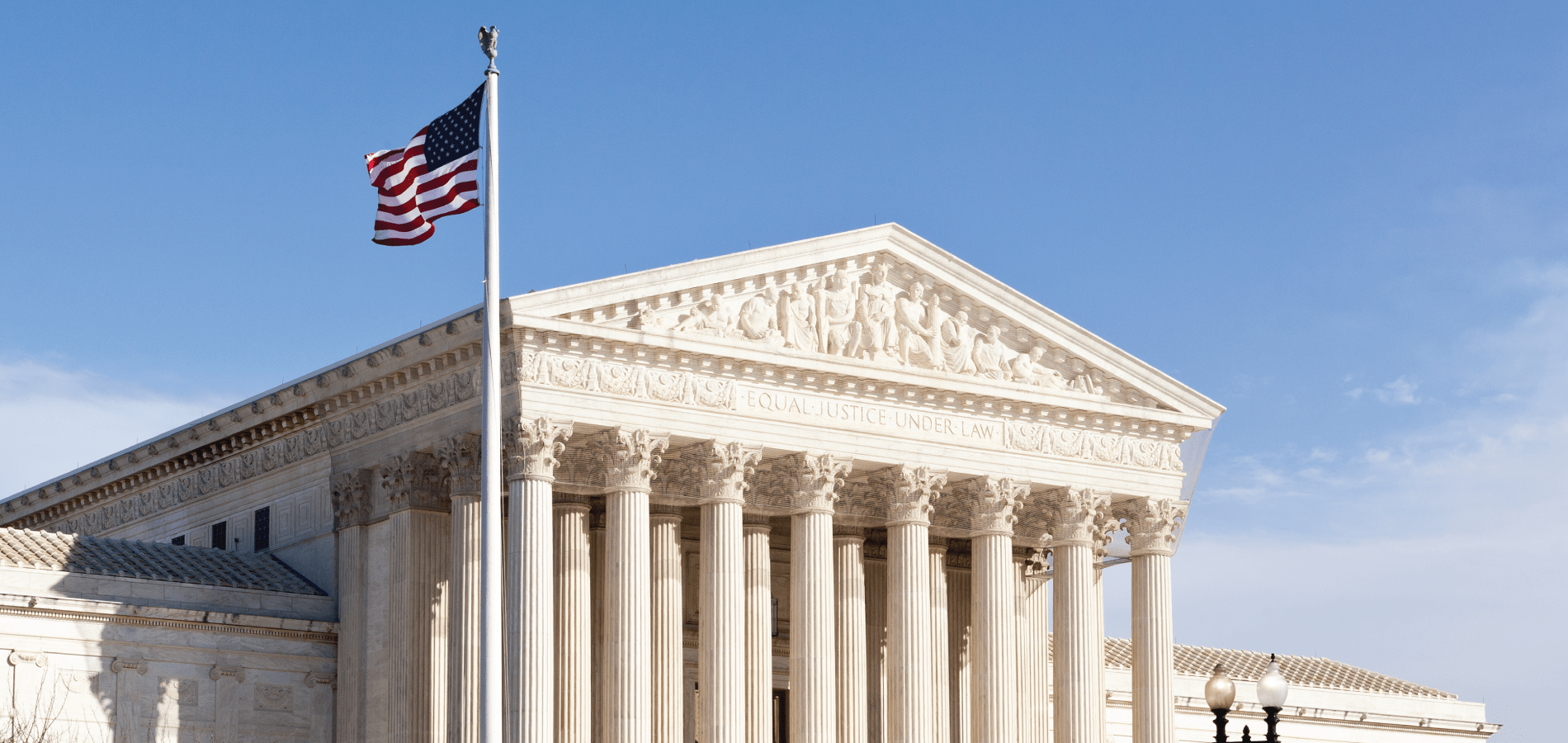Most people agree that guns should not be in the hands of unsupervised children. However, each year in the United States, children access firearms and accidentally—or purposefully—hurt themselves or others. The laws protecting children from accessing firearms are referred to as safe storage and Child Access Prevention (CAP) laws, but these differ from state to state. In this post, we’ll use HeinOnline to review laws that currently exist, as well as the devastating results of when these laws are not followed or enforced.
Tragic Consequences
Tragically, each year there are shootings, intentional and unintentional, by children. According to Everytown for Gun Safety, as of the date of this posting (March 21), there have been 63 unintentional shootings by children in 2023, with 25 deaths and 39 injuries. Perhaps the most widely publicized occurred in January in Newport News, Virginia, where a 6-year-old took a gun from his house and shot his 25-year-old teacher. The chief prosecutor in the case recently shared that the child would not be charged; however, the gun belonged to the mother, and although legally purchased, it remains to be determined if the gun was properly secured. If it wasn’t, she may face charges.
In 2018, in Santa Fe, Texas, a 17-year-old student killed eight students and two teachers[1]2018 Active Shooter Incidents in the United States 2 (2018). This document can be found in HeinOnline’s U.S. Federal Agency Documents, Decisions, and Appeals database. with guns owned by his father, while 15-year-old Gabriel Parker took his step-father’s gun and shot 16 students[2]Scott M. Karson, Mass Shootings and Domestic Violence, 90 N.Y. St. B.A. J. 8 (2018). This article can be found in HeinOnline’s Bar Journals Library. and killed two at Marshall County High School in Kentucky. In 2016, 14-year-old Jesse Osborne killed his father[3]Scott M. Karson, Mass Shootings and Domestic Violence, 90 N.Y. St. B.A. J. 8 (2018). This article can be found in HeinOnline’s Bar Journals Library. with the gun his father kept by his bed and drove to an elementary school playground where he shot a teacher and two first-graders. In June 2022, a mother in Florida was charged with manslaughter because her two-year-old son gained access to her unlocked gun and fatally shot his father.
The Juvenile Justice and Delinquency Prevention Act
Minors under the age of 15 are not able to be executed for crimes committed at age 15 or younger per the Supreme Court decision Thompson v. Oklahoma[4]Thompson v. Oklahoma, 487 U.S. 815, 878 (1988). This case can be found in HeinOnline’s U.S. Supreme Court Library. in 1988—although in some states, capital punishment is allowed for those age 16 or 17. Life without parole also is prohibited for minors under 18 in 26 states and the District of Columbia, and the court case Miller v. Alabama (2012)[5]Miller v. Alabama, 567 U.S. 460, 515 (2012). This case can be found in HeinOnline’s U.S. Supreme Court Library. asserted that nearly all minors should be protected from life without parole regardless of their crime. The Juvenile Justice and Delinquency Prevention Act of 1974 (JJPDA)[6]To provide a comprehensive, coordinated approach to the problems of juvenile delinquency, and for other purposes., Public Law 93-415, 93 Congress. 88 Stat. 1109 (1974). This act can be found in HeinOnline’s U.S. Statutes at Large database. provides additional protections for youth in the criminal justice system by offering grants to states that follow a set of guidelines, which include:
- Ending detention of jailing of non-criminal status offenders (such as runaways, truants, curfew violators, or youth with substance addiction)
- Reducing racial disparities in the criminal justice system
- Separating youth and adult inmates (sight and sound separation)
Therefore, when someone under 18 commits a shooting, responsibility begins to fall upon the adults who own the guns.
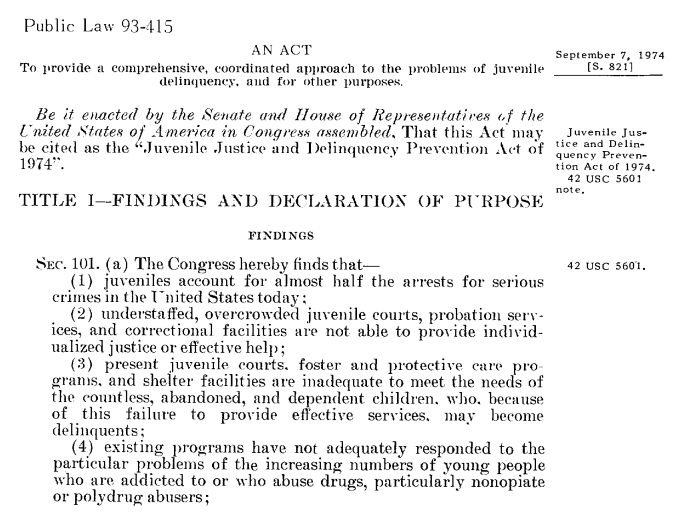
Safe Storage and Child Protection Laws
Safe storage laws[7]Sejal H. Patel, Kids and Gun Safety, 16 Child. Rts. Litig. 2 (2014). This article can be found in HeinOnline’s ABA Law Library Collection Periodicals database. are laws that establish how a gun must be stored to prevent children or others not authorized to handle a gun from accessing it. Some states require guns to just be locked, while other states require guns to be locked and unloaded, and still others require firearms to be locked, unloaded and separated from ammunition.
According to the American Association of Pediatrics, 14 states and the District of Columbia have laws that require guns to be locked. Three states require trigger locks to accompany every gun purchase, while eight states require both that guns be locked and that trigger locks accompany each gun.
Meanwhile, 15 states and the District of Columbia have child access prevention laws.[8]Sejal H. Patel, Kids and Gun Safety, 16 Child. Rts. Litig. 2 (2014). This article can be found in HeinOnline’s ABA Law Library Collection Periodicals database. These laws tend to be more vague, as they generally state that gun owners can’t knowingly store their guns in a way that a child could access them.
Despite these laws, between 70 and 90% of guns used in suicides, unintentional shootings of other children, and school shootings are conducted by shooters under 18 years old who accessed guns from their home, or from the homes of their friends or relatives.
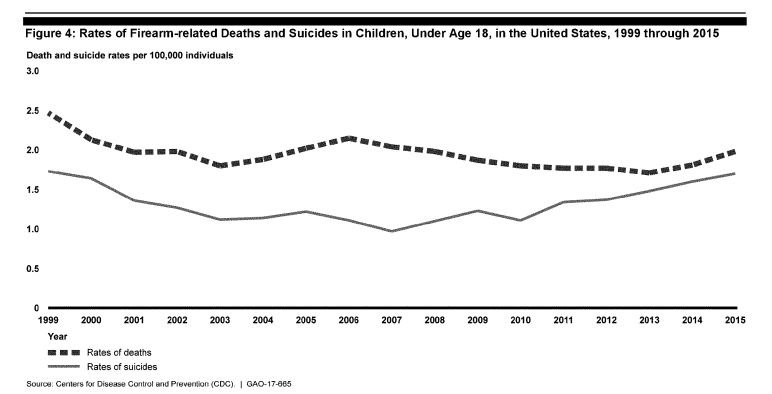
Lack of Federal Guidance
Although the federal government does run various educational campaigns about firearm safety, there are no safe storage or child access prevention laws set at the federal level. Therefore, even the nuances of these laws vary across states. The definition of a minor ranges from under 14 to under 18. Some states determine a parent or guardian’s criminal liability when a child “could or does” access a firearm, where others only impose liability if a child gains access to the firearm, while others only if the child actually uses or carries the gun. Some states require safe storage measures be utilized whenever a gun is unattended, while others only require safe storage when certain people—such as those with prior violent offenses—are likely to be present in the home. Gun regulations in general are vastly different across state lines.
Until federal laws are set, which is not likely to be any time soon, as Congress is very starkly divided on gun control regulations, state laws will likely continue to vary widely across the country.
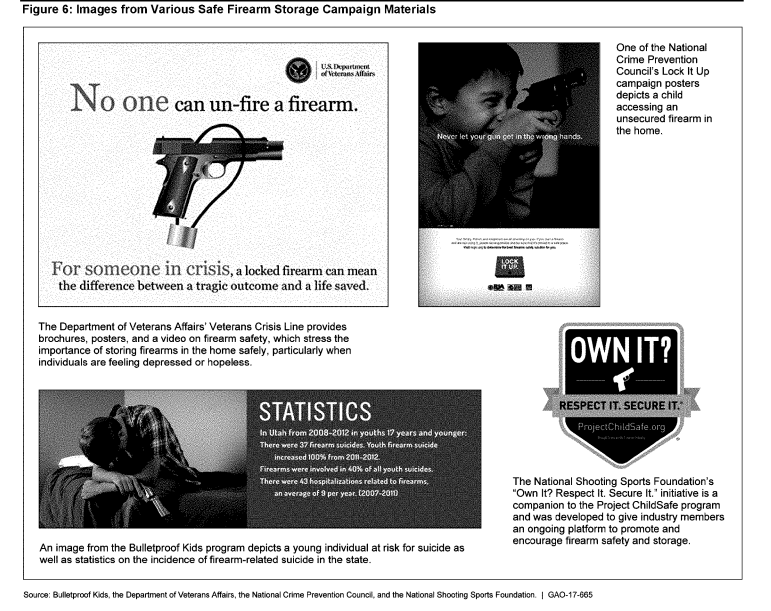
Keep Researching this Topic in HeinOnline
Our perpetually free Social Justice Suite contains our Gun Regulation and Legislation in America database, containing more than 800 titles dedicated to exploring this difficult yet important topic. Explore periodicals, legislative histories, congressional hearings, CRS reports, Supreme Court briefs, and much more that highlight this controversial topic. This database is automatically included in all HeinOnline Core subscriptions.
Additionally, you can compare gun laws across states with the Gun Control chapter of National Survey of State Laws, available in database format. Take a look at all state gun laws, or select certain states to contrast.
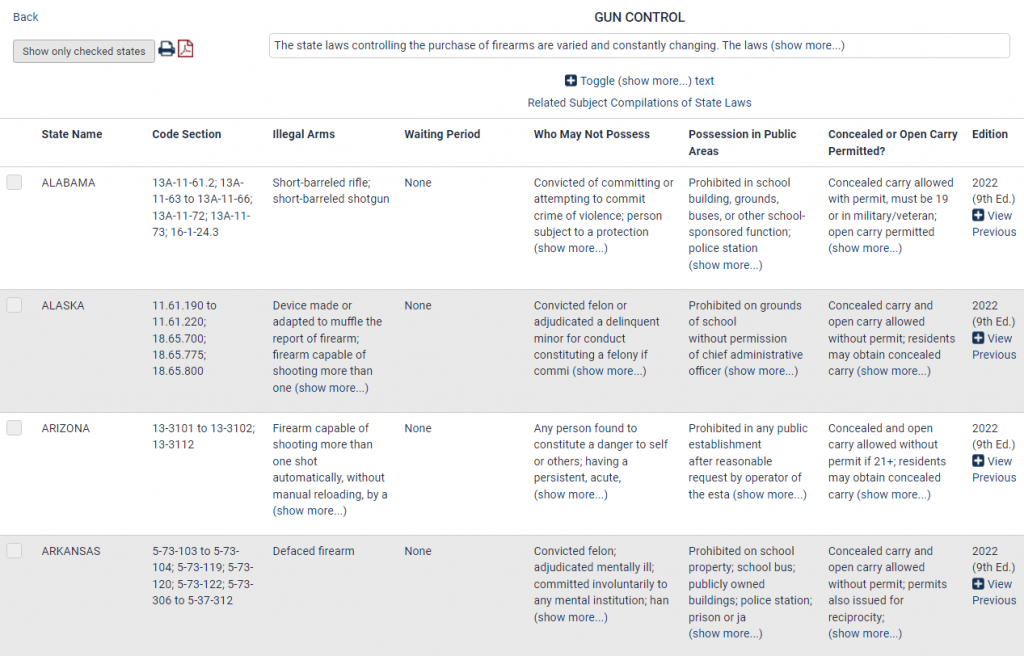
HeinOnline Sources[+]
| ↑1 | 2018 Active Shooter Incidents in the United States 2 (2018). This document can be found in HeinOnline’s U.S. Federal Agency Documents, Decisions, and Appeals database. |
|---|---|
| ↑2, ↑3 | Scott M. Karson, Mass Shootings and Domestic Violence, 90 N.Y. St. B.A. J. 8 (2018). This article can be found in HeinOnline’s Bar Journals Library. |
| ↑4 | Thompson v. Oklahoma, 487 U.S. 815, 878 (1988). This case can be found in HeinOnline’s U.S. Supreme Court Library. |
| ↑5 | Miller v. Alabama, 567 U.S. 460, 515 (2012). This case can be found in HeinOnline’s U.S. Supreme Court Library. |
| ↑6 | To provide a comprehensive, coordinated approach to the problems of juvenile delinquency, and for other purposes., Public Law 93-415, 93 Congress. 88 Stat. 1109 (1974). This act can be found in HeinOnline’s U.S. Statutes at Large database. |
| ↑7, ↑8 | Sejal H. Patel, Kids and Gun Safety, 16 Child. Rts. Litig. 2 (2014). This article can be found in HeinOnline’s ABA Law Library Collection Periodicals database. |


